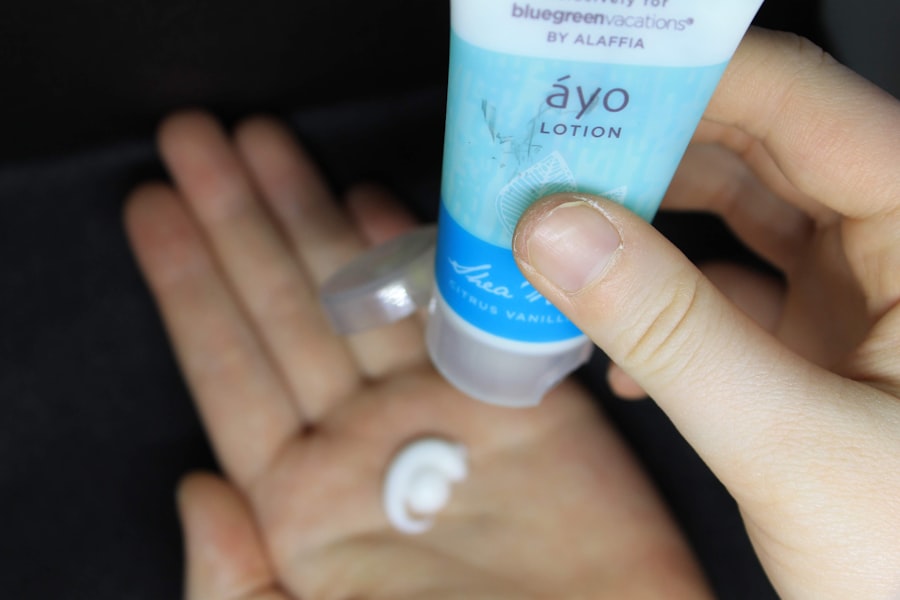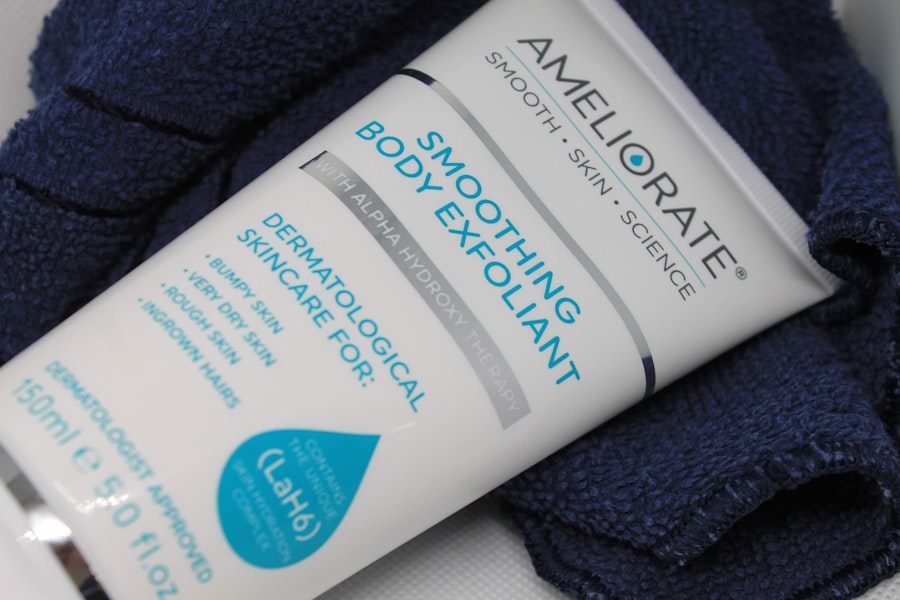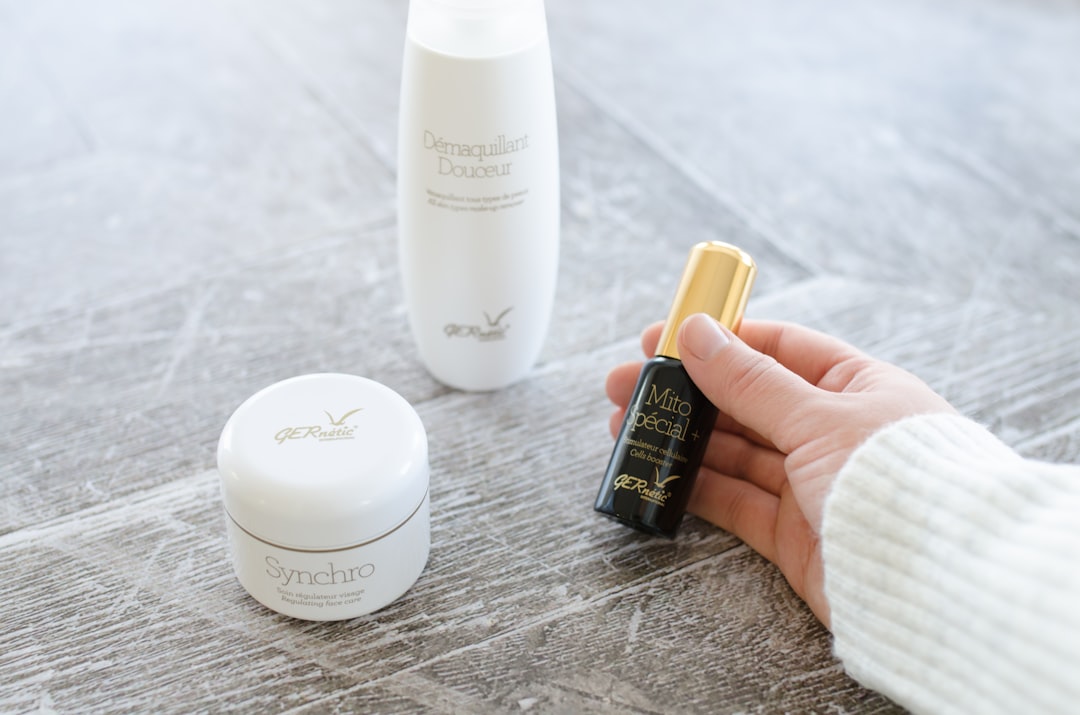Laser hair removal is a popular cosmetic procedure that utilizes concentrated beams of light to target and eliminate unwanted hair. The process works by emitting a specific wavelength of light that is absorbed by the pigment in the hair follicles. This absorption generates heat, which effectively damages the follicles and inhibits future hair growth.
As you consider this treatment, it’s essential to understand how it works and what to expect during your sessions. During your initial consultation, a trained professional will assess your skin type, hair color, and overall health to determine if you are a suitable candidate for laser hair removal. The procedure is most effective on individuals with light skin and dark hair, as the contrast allows the laser to target the hair follicles more efficiently.
However, advancements in technology have made it possible for people with various skin tones and hair colors to benefit from this treatment. You can expect multiple sessions to achieve optimal results, as hair grows in cycles, and the laser is most effective during the active growth phase.
Key Takeaways
- Laser hair removal targets hair follicles with concentrated light energy to inhibit future hair growth
- Shave the treatment area before the appointment and avoid sun exposure and tanning beds
- Apply soothing creams and cold compresses to alleviate discomfort and redness after treatment
- Protect your skin from sun exposure by using sunscreen and wearing protective clothing
- Drink plenty of water and use moisturizers to keep your skin hydrated and healthy
Preparing for Laser Hair Removal
Preparation is key to ensuring a successful laser hair removal experience.
Tanning can increase the risk of complications and may affect the efficacy of the treatment.
If you have recently tanned or have been exposed to the sun, it’s advisable to reschedule your session until your skin returns to its natural tone. Additionally, you should refrain from using any products that can irritate your skin, such as retinoids or exfoliants, for a few days leading up to your appointment. On the day of your treatment, arrive with clean skin.
This means avoiding lotions, creams, or deodorants that could interfere with the laser’s effectiveness. Your technician may also shave the area being treated to ensure that the laser targets the hair follicles directly without any interference from longer hair above the skin’s surface. Being well-prepared not only enhances the effectiveness of the procedure but also minimizes potential discomfort during the session.
Post-Treatment Care Instructions

After your laser hair removal session, following proper post-treatment care is crucial for achieving the best results and ensuring your skin heals correctly. Initially, you may experience some redness or swelling in the treated area, similar to a mild sunburn. This is a normal reaction and should subside within a few hours to a couple of days.
To soothe your skin, you can apply a cold compress or aloe vera gel, which can help alleviate discomfort and reduce inflammation. It’s also important to keep the treated area clean and avoid any harsh products for at least a week following your treatment. Gentle cleansers are recommended, and you should avoid scrubbing or exfoliating the area until it has fully healed.
If you notice any unusual symptoms, such as excessive swelling or blistering, it’s essential to contact your practitioner for advice. Adhering to these post-treatment care instructions will help ensure that you achieve smooth, hair-free skin while minimizing any potential complications.
Managing Discomfort and Side Effects
| Discomfort and Side Effects | Metrics |
|---|---|
| Number of patients experiencing discomfort | 235 |
| Types of side effects reported | Nausea, fatigue, headache, dizziness |
| Severity of discomfort on a scale of 1-10 | 6.5 |
| Number of patients requiring intervention | 78 |
While many people tolerate laser hair removal well, some may experience discomfort during and after the procedure. The sensation can be likened to a rubber band snapping against the skin, which can vary in intensity depending on your pain threshold and the area being treated. To manage discomfort during your session, you might consider discussing topical anesthetics with your practitioner beforehand.
These can help numb the area and make the experience more comfortable. After treatment, if you experience any lingering discomfort, over-the-counter pain relievers such as ibuprofen or acetaminophen can be effective in alleviating pain. Additionally, applying cold packs or ice wrapped in a cloth can provide relief from swelling and discomfort.
It’s essential to listen to your body and give yourself time to recover fully before resuming any strenuous activities or exposing your skin to heat sources like saunas or hot baths.
Protecting Your Skin from Sun Exposure
One of the most critical aspects of post-laser care is protecting your skin from sun exposure. After undergoing laser hair removal, your skin will be more sensitive and susceptible to sun damage. It’s advisable to avoid direct sunlight for at least two weeks following your treatment.
If you must be outdoors, wearing protective clothing and applying a broad-spectrum sunscreen with an SPF of 30 or higher is essential.
In addition to sunscreen, consider seeking shade whenever possible and wearing wide-brimmed hats or sunglasses to further protect your skin.
Even on cloudy days, UV rays can penetrate through clouds, so maintaining sun protection is crucial year-round. By taking these precautions seriously, you can help ensure that your skin remains healthy and that you achieve the best possible results from your laser hair removal sessions.
Maintaining Hydration and Moisture

Moisturizing Your Skin
After your treatment, make it a point to apply a gentle moisturizer regularly to keep your skin supple and nourished. Look for products that are fragrance-free and designed for sensitive skin to avoid any potential irritation.
Hydrating from Within
In addition to topical moisturizers, drinking plenty of water is essential for maintaining overall skin health. Staying hydrated from within helps support your body’s natural healing processes and can improve your skin’s appearance over time.
Optimal Hydration Tips
Aim for at least eight glasses of water a day, adjusting based on your activity level and climate conditions. By prioritizing hydration both topically and internally, you can enhance your recovery and enjoy smoother skin post-treatment.
Avoiding Certain Activities and Products
After undergoing laser hair removal, there are specific activities and products you should avoid to ensure optimal healing and results. For instance, refrain from engaging in vigorous exercise or activities that cause excessive sweating for at least 24 hours post-treatment. Sweating can irritate the treated area and increase the risk of complications such as infection or inflammation.
Additionally, it’s wise to avoid hot tubs, saunas, or swimming pools for at least a week after your session. These environments can expose your skin to bacteria and irritants that may hinder healing. When it comes to skincare products, steer clear of harsh chemicals like glycolic acid or salicylic acid for several days following treatment.
Instead, opt for gentle cleansers and soothing moisturizers that will support your skin’s recovery without causing irritation.
Scheduling Follow-Up Appointments and Touch-Up Treatments
To achieve long-lasting results from laser hair removal, scheduling follow-up appointments is essential. Most individuals require multiple sessions spaced several weeks apart to target all hair follicles effectively during their active growth phase. Your practitioner will help determine an appropriate schedule based on your specific needs and hair growth patterns.
In addition to regular sessions, touch-up treatments may be necessary after completing your initial series of appointments. Over time, some hair follicles may become active again due to hormonal changes or other factors. Touch-up sessions can help maintain smooth skin by targeting any regrowth that occurs after your initial treatments are complete.
Staying proactive about scheduling these appointments will ensure that you continue to enjoy the benefits of laser hair removal long-term. In conclusion, understanding the laser hair removal process is just the beginning of achieving smooth skin free from unwanted hair. By preparing adequately for each session, following post-treatment care instructions diligently, managing discomfort effectively, protecting your skin from sun exposure, maintaining hydration, avoiding certain activities and products, and scheduling follow-up appointments as needed, you can maximize the benefits of this innovative treatment.
Embrace this journey towards smoother skin with confidence as you take each step toward achieving your desired results.
Aftercare advice for laser hair removal is crucial for ensuring optimal results and minimizing potential side effects. One related article that provides valuable information on this topic can be found on the In Laser Hair Removal blog. This article may offer tips on how to care for your skin post-treatment, what products to avoid, and how to soothe any discomfort. By following these aftercare guidelines, you can help maintain the smooth, hair-free results of your laser hair removal treatment.
FAQs
What is laser hair removal?
Laser hair removal is a cosmetic procedure that uses a concentrated beam of light (laser) to remove unwanted hair. The laser targets the pigment in the hair follicles, damaging them and inhibiting future hair growth.
How should I care for my skin after laser hair removal?
After laser hair removal, it is important to keep the treated area clean and moisturized. Avoid sun exposure and use sunscreen to protect the skin. It is also recommended to avoid hot showers, saunas, and strenuous exercise for a few days after the treatment.
Can I shave or wax between laser hair removal sessions?
It is recommended to avoid shaving or waxing between laser hair removal sessions, as these methods can disrupt the hair follicles and interfere with the effectiveness of the treatment. However, it is safe to trim the hair if necessary.
How long do I need to wait between laser hair removal sessions?
The time between laser hair removal sessions varies depending on the individual and the area being treated. Typically, sessions are scheduled 4-6 weeks apart for the face and 6-8 weeks apart for the body.
Are there any side effects or risks associated with laser hair removal?
Some common side effects of laser hair removal include redness, swelling, and temporary discomfort in the treated area. In rare cases, blistering, scarring, or changes in skin pigmentation may occur. It is important to follow aftercare instructions and seek professional advice if any concerns arise.






